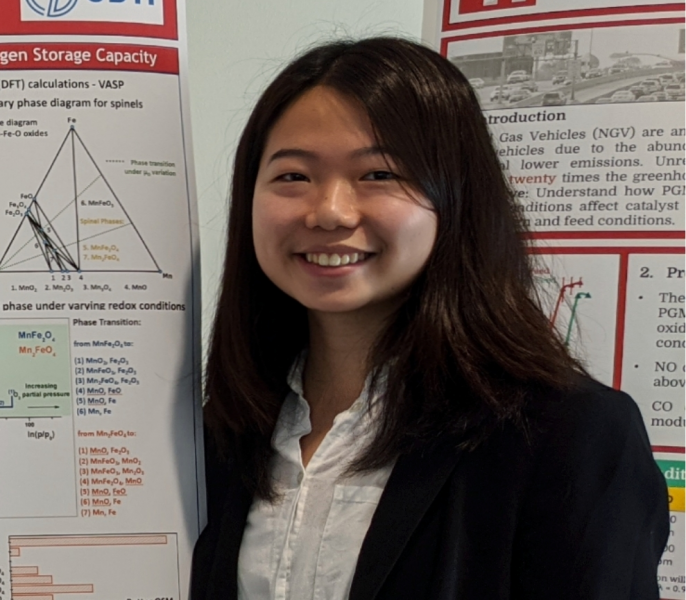Four students from the Cullen College of Engineering are among the winners of this year's University of Houston Graduate Research Showcase Virtual Poster Session.
Held on March 22, the event showcases the breadth and depth of groundbreaking research being undertaken by UH graduate students across disciplines, as well as to offer opportunities for cross-disciplinary networking. The Top 10 graduate student winners received a scholarship award.
This year's winners provided a summary of each of their presentations. The winners are:
Pak Wing Chen, William A. Brookshire Department of Chemical and Biomolecular Engineering. “Automotive exhaust emissions account for a significant percentage of global greenhouse gas emissions. A shift to natural gas vehicles would potentially reduce vehicular emissions, due to the lower CO2 emission compared to diesel and gasoline vehicles. The poster presentation showcased the research work on improving the emission control process for natural gas vehicles using an effective catalyst that allows for performance improvement and cost reduction. The approach combining experiment, density functional theory calculations and reactor modeling is applied to develop an in-depth understanding of the emission control system.”
Gulsah Malgir, Biomedical Engineering. “My poster was about sustained delivery of Islatravir (ISL), a novel nucleoside reverse transcriptase inhibitor from a nanofluidic drug delivery implant (nDI) for Human Immunodeficiency Virus pre-exposure prophylaxis (HIV PrEP). We assessed the constant release of ISL in vitro and nonhuman primate (NHP). We tested ISL in vitro release in phosphate buffer saline (PBS) and simulated interstitial fluid (SIF) sink conditions using 150 nm or 135 nm nanofluidic membranes for 50 days. We performed a TZM-bl cell infectivity assay with released ISL from sink solution and fresh stock to assess ISL stability within the drug reservoir. We also monitored ISL plasma levels in NHPs (n=3) to show sustained, subcutaneous administration of ISL via nDI. nDI achieved sustained release in vitro and in vivo. nDI maintained ISL plasma levels almost twice as much as the concentration observed in weekly oral ISL in NHP. We successfully showed that nDI could achieve protective levels and is a promising strategy for ISL HIV PrEP.”
Lotanna Ohazuruike, Petroleum Engineering. “The goal was to incorporate within one model, different scales and their associated physics, in a way that is accurate and computationally efficient. Our poster was on our practical workflow using the Lattice Boltzmann Method (LBM) to achieve this. To do this, we conduct flow simulations on small scale images of distinct porous medium and subsequently distribute the results algebraically into higher level coarser simulations. The result is a high-resolution flow simulation capturing microscale patterns in macroscale flow studies. Hence, by combining digital rock images, LBM and algebra, we can solve the problem at a nano-meter scale and visualize it in the meter-scale.”
Surya Pratap Solanki, William A. Brookshire Department of Chemical and Biomolecular Engineering. “Modern diesel vehicles have a better gas mileage and lower CO2 emissions than cars with gasoline engines, but these benefits come at the cost of higher NOx emissions. At normal operating temperatures diesel emission aftertreatment systems can effectively convert these toxic and harmful gases, but their poor performance during the cold-start period presents a grand challenge. In a collaborative project led by UH, we address this challenge by studying palladium exchanged zeolites as passive NOx adsorber (PNA), which stores NOx during the cold-start period and releases it when normal operating conditions have been reached. In my work, I have combined computational methods with experiments to investigate the mechanistic role of water during NOx adsorption which can help to guide the design and improve the performance of PNA.”
For more information, visit the Graduate School's website for the showcase.



